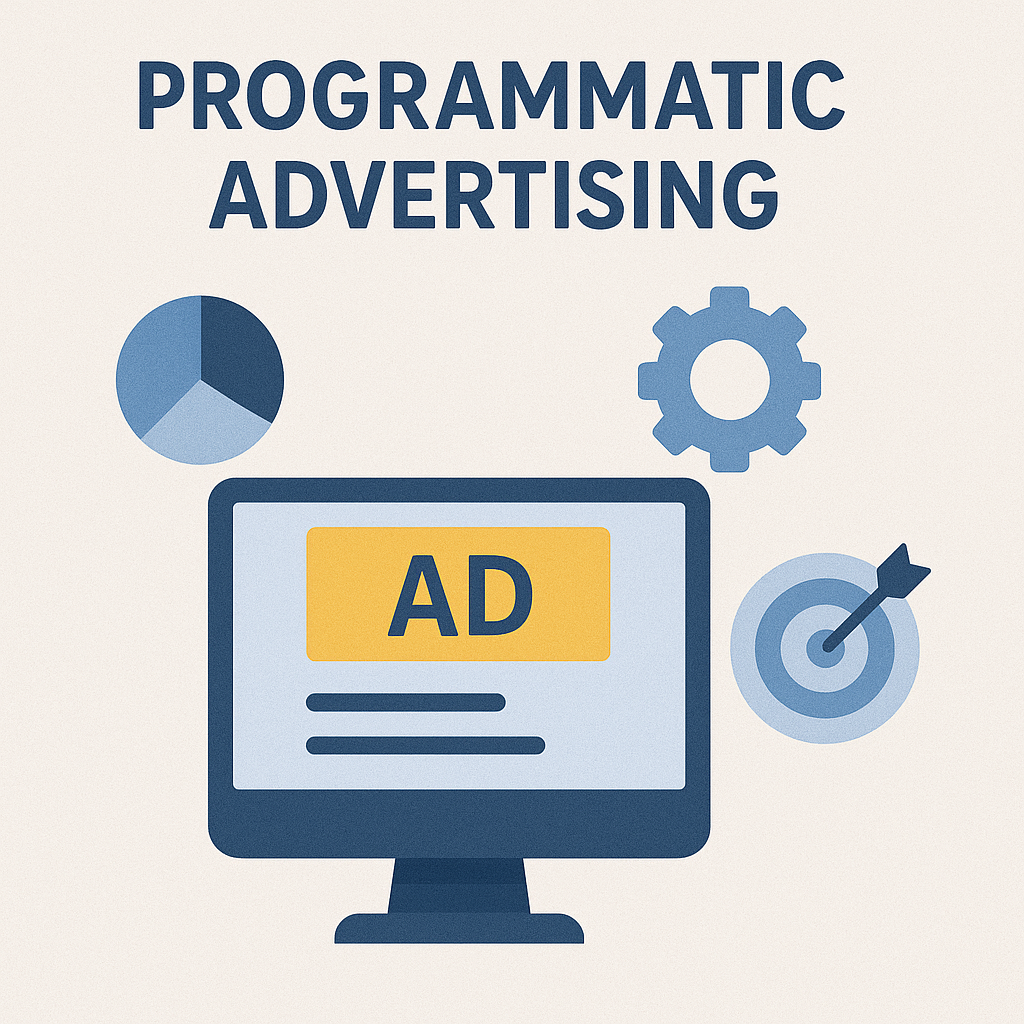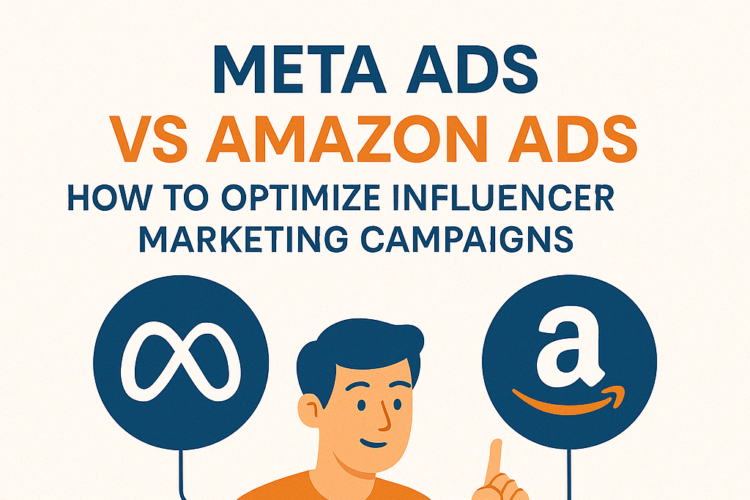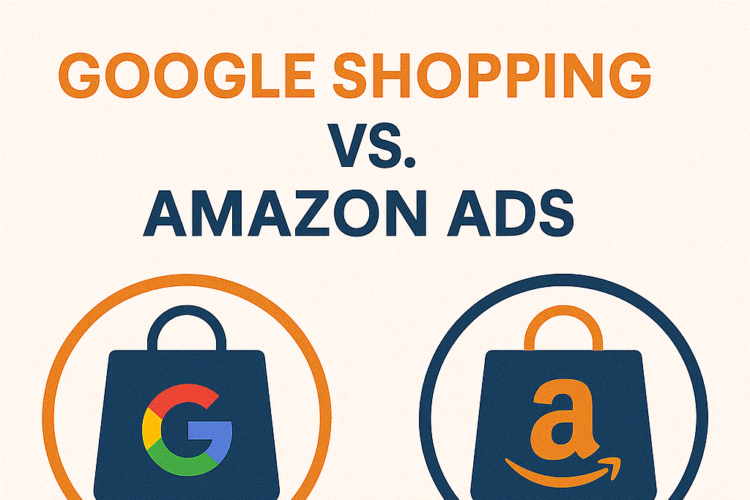
Key Concepts of Programmatic Advertising
1. Real-Time Bidding (RTB)
Happens in milliseconds when a user visits a webpage.
Advertisers bid in real-time to show their ad to that specific user.
The highest bidder’s ad is displayed.
2. Ad Exchanges
Digital marketplaces where publishers and advertisers connect.
Example: Google AdX, OpenX.
3. Demand-Side Platform (DSP)
Used by advertisers to bid on and purchase ad impressions.
Examples: Google DV360, The Trade Desk.
4. Supply-Side Platform (SSP)
Used by publishers to manage and sell their ad space.
Examples: Google Ad Manager, Magnite.
5. Data Management Platform (DMP)
Stores and analyzes audience data.
Helps with targeting the right users at the right time.
🧠 Why Is Programmatic Advertising Powerful?
Precision Targeting: Based on user data like behavior, interests, demographics.
Real-Time Optimization: Campaigns adjust on the fly based on performance.
Scalability: Reach millions of users across devices and platforms.
Efficiency: Reduces manual work, improves ROI.
📊 Types of Programmatic Deals
| Type | Description |
|---|---|
| Open Auction (RTB) | Open to all advertisers; highest bid wins |
| Private Marketplace (PMP) | Invitation-only auctions for premium inventory |
| Preferred Deals | Fixed CPM deals between publisher and advertiser |
| Programmatic Guaranteed | One-to-one deals with fixed pricing and impressions |
✅ Benefits of Programmatic Advertising
Automated and efficient
Granular audience targeting
Transparent reporting and measurement
Access to global ad inventory
Better return on ad spend (ROAS)
🚫 Challenges to Watch Out For
Ad fraud (fake impressions/clicks)
Brand safety (ads showing next to inappropriate content)
Privacy regulations (GDPR, CCPA)
🧭 Popular Use Cases
Retargeting visitors who abandoned a cart
Running multi-channel campaigns (display, video, mobile)
Promoting content to specific audience segments
Author

